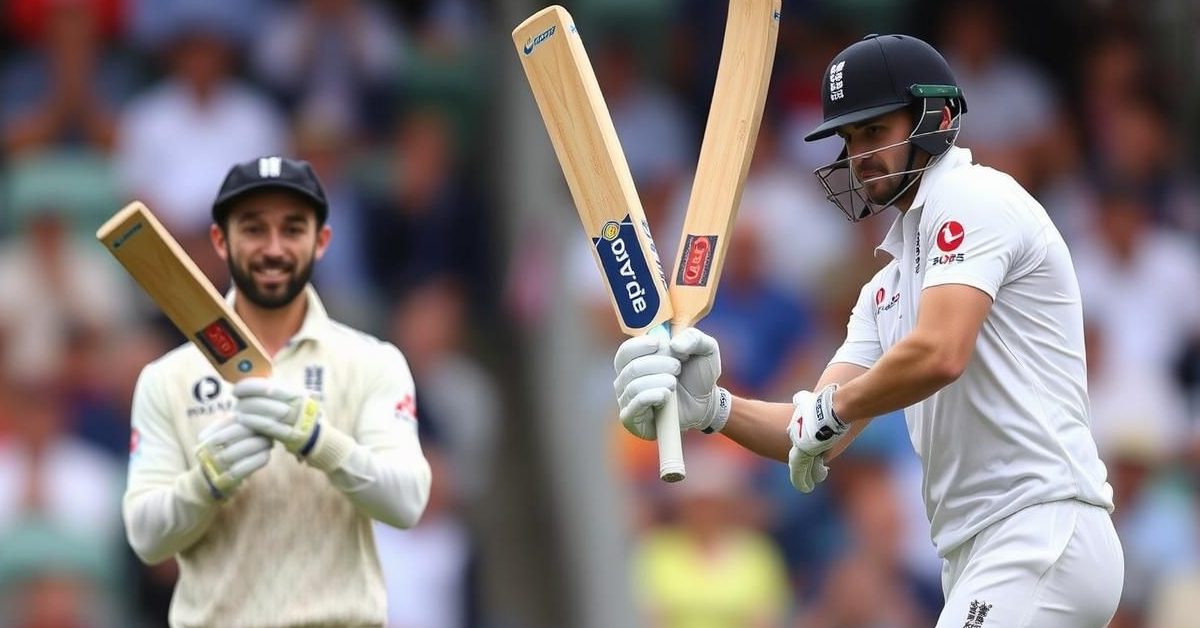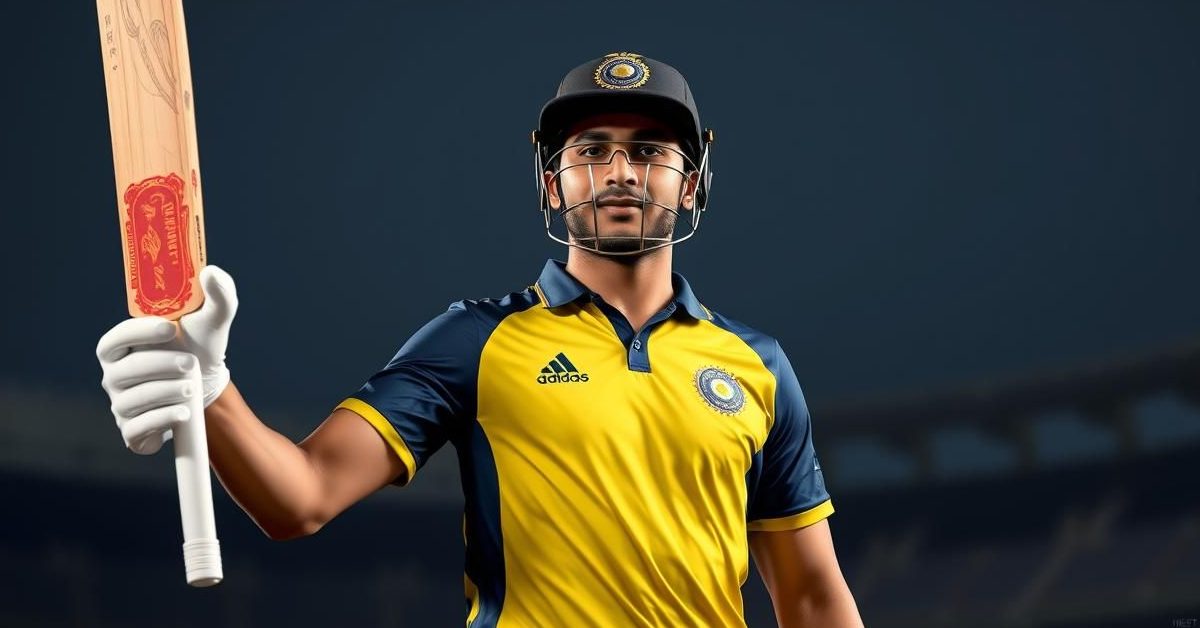The Unnerving Halt: A Precedent for 2026?
Imagine the scene: only minutes remained in a tense, tightly contested football match. The players, locked in an intensely physical UEFA Champions League round-of-16 clash between English giants **Chelsea** and Portuguese powerhouses **Benfica**, were pushing for a decisive moment. Suddenly, Slovenian referee **Slavko Vincic** blew his whistle, his gaze fixed skyward, a pointing finger indicating the ominous, dark clouds engulfing the **Bank of America Stadium** in **Charlotte**, North Carolina. The message flashing across the stadium screens was stark: “Seek cover protocol. Severe weather in the area. Seek cover.”
Despite their protests, particularly from **Chelsea**, who held a slender 1-0 lead and were accustomed to the unpredictable whims of English Premier League weather, the players were forced to retreat. A high-grade thunderstorm was rapidly brewing on the horizon, turning a crucial football fixture into a dramatic pause.
The Manager’s Fury: “It’s Not Football!”
What followed was an agonizing 113-minute hiatus. When play finally resumed, the total time spent on the ground, including the delay, a red card, extra time, and fervent goal celebrations, stretched to an astonishing four hours and 38 minutes. After **Chelsea** ultimately triumphed 4-1, their manager, **Enzo Maresca**, visibly seethed. His post-match press conference became an outlet for raw frustration. “Guys, it’s not football. You suspend the game, it’s not football. It’s completely something different,” he fumed, his voice laced with disbelief.
Maresca’s rage highlighted a critical concern: the rarity of such interruptions in major European competitions. “In a World Cup, how many games are suspended? Zero, probably. In Europe, how many games? Zero,” he asserted, articulating the practical nightmare of such prolonged breaks, especially when mere minutes remained in a crucial match.
A Troubling Pattern: Weather Disruptions Across US Tournaments
This wasn’t an isolated incident. The **Club World Cup**, a key preparatory tournament, had already witnessed six matches interrupted by severe weather. The longest delay occurred in **Orlando**, where **Benfica**’s crushing 6-0 victory over **Auckland City** was halted for a full two hours. This persistent pattern raises alarm bells, given that intermittent thunderstorms are a frequent occurrence in these regions during June and July – precisely when the expanded **FIFA World Cup** is scheduled for **2026**.
Recalling recent history, last year’s **T20 World Cup** in June-July also suffered significant disruptions. A hurricane sweeping through **Florida** led to multiple games being washed out entirely, a grim precursor to the potential challenges ahead for football’s global showpiece.
Expert Warnings: What US Meteorologists Predict for 2026
The prognosis from meteorological experts for the upcoming **World Cup** is equally sobering. **Ben Schott**, a prominent member of the **National Weather Service** who also advises **FIFA** and the **2026 World Cup** organizing committee, recently shared his insights with *AFP*. “What we’re seeing right now is not unusual, even though we’re setting records,” Schott stated. “Most of the eastern United States is breaking records, and that happens almost every summer. So something similar is expected next year, and those planning to attend the matches should be prepared.”
The implications are serious. While thunderstorms haven’t directly caused fatalities in these football-related incidents, a teenager miraculously survived a lightning strike near **MetLife Stadium** in **New York** – the very venue slated to host the **World Cup final**. With only four of the upcoming **World Cup** stadiums boasting retractable roofs, a significant portion of both players and spectators will remain exposed to the whims of extreme weather.
The Silent Threat: Scorching Heatwaves and Athlete Welfare
Beyond the dramatic thunderstorms, another, often more insidious, threat looms: the oppressive heatwave. One of the most striking images from the recent **Club World Cup** was **Borussia Dortmund**’s bench, during their match against South Africa’s **Mamelodi Sundowns**, watching the first half from inside the cooler locker room. The temperature that afternoon soared to a blistering 36°C, with a “real feel” of 39°C. The German club’s official **Twitter** handle captured the unprecedented sight: “Our subs watched the first half from inside the locker room to avoid the blazing sun — never seen that before, but in this heat, it absolutely makes sense.”
This extreme heat takes a toll. **Real Madrid** manager **Xabi Alonso** was seen with an ice towel draped around his neck during an afternoon practice session at their **Miami** training base. The team even resorted to training in heated tents with heat lamps to acclimate players to the sweltering conditions. Even American players, accustomed to the climate, felt the impact. **Juventus** and **USA** forward **Timothy Weah** confessed, “I only played a half, and it was like I was dying out there. It was really hot.” A Brazilian player from **PSG** described being so disoriented by the heat that he couldn’t effectively change pace. And a chilling reminder of the dangers: an assistant referee collapsed during a **Copa América** match played in the stifling heat of **Kansas City** last year.
Kick-off Conundrums: TV Demands vs. Athlete Health
Compounding these weather concerns are the proposed kick-off times for the **World Cup**. A significant number of games in recent tournaments have been scheduled for 12 pm or 3 pm, with only a handful after 7 pm when temperatures are marginally cooler. This scheduling is largely driven by the demand to suit prime television viewing times in **Europe**, a contentious echo of the **1994 World Cup**, the last time the US hosted the tournament.
The final in **Pasadena**, **California**, between **Italy** and **Brazil** was played in a scorching 38°C. Italian coach **Arrigo Sacchi** presciently remarked before the game, “It will be a handicap for soccer in general.” While European teams feared an undue advantage for American sides – a presumption disproven as seven of the eight quarter-finalists were European – the heat undeniably impacts performance and player welfare. Interestingly, while the heat is a factor, it hasn’t always dictated outcomes: **Atlanta Stadium**, an indoor facility, saw **Inter Miami** stun **Porto**, and **Botafogo** shocked **Paris Saint-Germain** in a late match there. Mexican club **Monterrey** also held **Inter Milan** in the same venue. The only significant upset widely attributed to the weather was **Brazil’s Flamengo** toppling **Chelsea**.
The Science Behind the Sweat: Looming Health Risks for 2026
Meteorologists and researchers confirm that conditions during the **2026 World Cup** will likely be no different. A research paper published in *The International Journal of Biometeorology* in January projects that nine of the sixteen designated venues will experience a **Wet Bulb Globe Temperature (WBGT)** – a comprehensive metric combining air temperature, humidity, solar radiation, and wind speed – above the accepted safety threshold of 28°C. Forecasts even suggest these could soar to 32-33°C through much of the tournament.
To put this into perspective, the highest corresponding **WBGT** during the **Qatar World Cup** was 23°C, which was already deemed unbearable by many European teams. Crucially, unlike the **Qatar** tournament, which was held mid-season, players arriving in the Americas for 2026 will already be physically and mentally fatigued from their demanding league campaigns. Add the relentless heat, the threat of sudden thunderstorms, and the inevitable delays and suspensions, and it’s highly likely that many more managers will echo the frustration of **Enzo Maresca** on football’s grandest stage.










